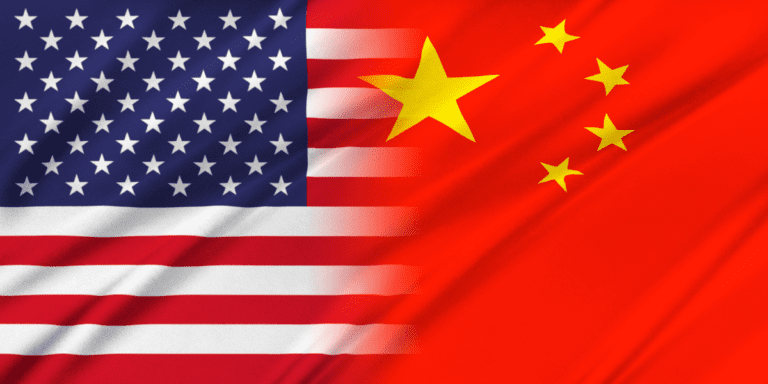In a significant turn of events, the United States and China have reached a temporary agreement to reduce tariffs, marking a pivotal moment in their ongoing trade dispute. The 90-day tariff reduction, brokered through high-level negotiations in Geneva, is being seen as an important first step toward stabilizing the economic relationship between the two global superpowers. This short-term resolution provides a much-needed pause, offering an opportunity for further negotiations on long-standing issues.
Details of the Agreement
Under the terms of the deal, the U.S. will significantly lower its tariffs on Chinese imports, dropping from an eye-watering 145% to a more manageable 30%. In a reciprocal move, China will cut its tariffs on U.S. goods from 125% down to just 10%. This unexpected reduction offers some much-needed relief to industries and consumers, who have been heavily impacted by the trade war. Both nations have endured the consequences of the escalating tariffs, with companies grappling with increased costs and disrupted supply chains.
The 90-day truce is primarily designed to provide negotiators with the time needed to engage in more in-depth discussions about unresolved trade issues such as intellectual property protections, market access, and long-term structural trade imbalances. While this is not a permanent solution, it does indicate a mutual desire to reduce tensions and open the door to future diplomatic engagement.
Global Economic Response
The news of the agreement sent ripples through global financial markets, with stock indices in the U.S., Europe, and Asia responding enthusiastically. The S&P 500 and Dow Jones Industrial Average surged by more than 2%, while Asian markets, including the Shanghai Composite and Hong Kong’s Hang Seng Index, also saw significant gains. Investors viewed the deal as a sign that further progress might be made toward a more comprehensive resolution, boosting confidence in international trade.
Commodity markets, particularly those dealing with agricultural products and industrial metals, also experienced a rebound. These sectors had been especially hard hit by the tariffs, and the news of tariff reductions prompted a surge in demand. Business leaders, particularly from the manufacturing, agriculture, and technology sectors, expressed relief at the prospect of more stable trading conditions. Many multinational corporations with strong U.S. and Chinese market ties expect smoother supply chain operations and better trade flow during the 90-day window.
Diplomatic Background and Strategic Considerations
The diplomatic negotiations held in Geneva were described as rigorous but ultimately productive, with both U.S. and Chinese representatives demonstrating a readiness to find common ground. Analysts believe that external factors such as sluggish global economic growth, inflationary pressures, and political considerations influenced both parties to seek a resolution, at least temporarily.
However, some remain cautious about the long-term prospects of the deal. While the temporary tariff reduction is a welcome development, the absence of a binding agreement means that the risk of further tariffs looms. The 90-day timeline could serve as a brief respite, but unless significant progress is made in the coming months, the tariffs could easily return, and the dispute may escalate again.
Looking Ahead
Trade negotiators from both countries are scheduled to reconvene in Washington, D.C. later this summer to assess the initial phase of the agreement and discuss potential next steps. While expectations remain tempered, there is a cautiously optimistic outlook regarding the ongoing talks.
For now, the 90-day truce has brought a much-needed sense of relief to global markets, providing temporary stability in the face of uncertainty. The true test will be whether this breakthrough evolves into a lasting resolution or if it remains just a temporary measure in a larger geopolitical and economic standoff. The world will be watching closely in the coming months to see if further compromises can be made or if old tensions will resurface.


